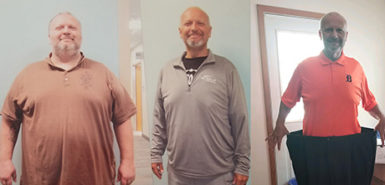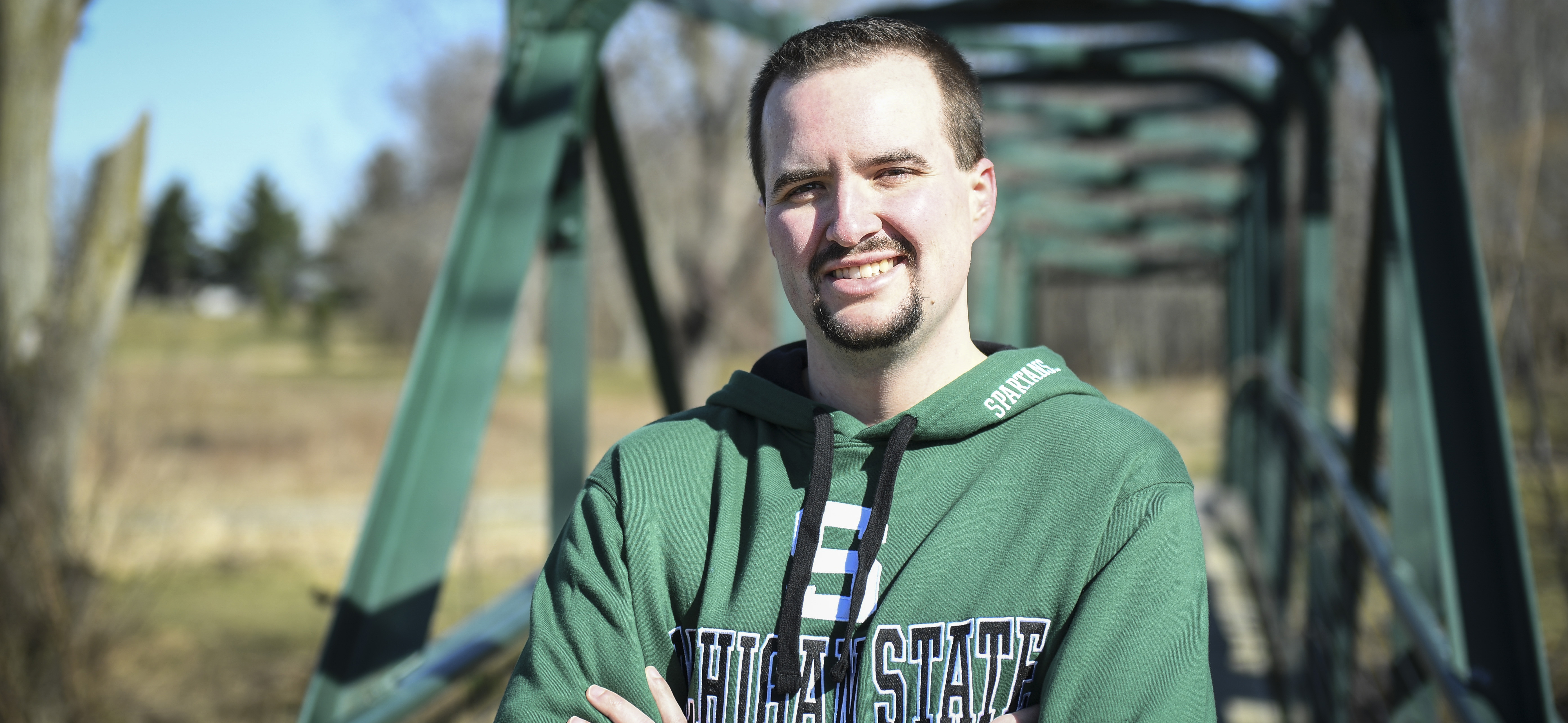Going to the gym is often one of the top recommendations for those trying to lose weight or stay healthy.
For Maria Palomares, 39, that advice didn’t always work.
To look at her today, you’d never guess this mother of five had a weight problem.
She’s a neat and trim 150 pounds—and proud of it.
At her peak, the Holland, Michigan, resident reached 282 pounds. That weight led, in part, to battles with depression.
When her doctor encouraged her to cut down, she knew the time had come.
But the journey would not be easy.
“I got down to 245 pounds by going to the gym,” she said. “But my back pain got too bad to keep that up. Working out just caused more pain.”
Palomares suffers from spinal stenosis and has three degenerative discs in her spine. Strenuous exercise only aggravated these conditions.
Still, she badly wanted to lose weight.
She figured it would alleviate some of her back problems and also address her depression.
“I’d had the back problems for around five years,” she said. “And that sent me to the emergency department on a regular basis, maybe two to three times a month.”
When her doctor in Holland referred her to Spectrum Health, she had only a limited ability to exercise.
She then learned about bariatric surgery options. She met with Jon Schram, MD, bariatric surgeon at Spectrum Health.
No magic pill
There’s no magic cure for morbid obesity, Dr. Schram said.
“But we can rebuild the framework for dieting success,” he said. “Our patients need to know that bariatric surgery isn’t an automatic fix—but involves lifelong changes in diet.”
Candidates for bariatric surgery must have a body mass index over 35, as well as comorbidity to receive insurance coverage.
Many of Dr. Schram’s patients also have diabetes, sleep apnea or high blood pressure.
“Otherwise, if you have a BMI over 40, you qualify,” he said.
After discussing her options with Dr. Schram, she chose gastric sleeve, or sleeve gastrectomy.
“We remove the left side of the stomach and leave the pylorus—where the stomach and small intestine connect—intact,” Dr. Schram said. “The new stomach is roughly the size and shape of a banana, restricting the amount of food a person can eat at one time.”
Gastric sleeve is the most popular procedure among his patients, Dr. Schram said.
About 80% choose this option over gastric bypass, or Roux-en-Y.
“Only about 20% choose gastric bypass,” Dr. Schram said. “It’s the oldest weight loss procedure, used since the 1960s, but it’s more disruptive to patient lifestyles. With that procedure, we create a new stomach pouch that is about the size of an egg so that the patient feels full faster.”
Both procedures have great success rates, he said.
About 70% or more of patients who undergo these procedures can stop taking diabetes medications and about 80% of those with sleep apnea no longer require CPAP machines at night.
About 40% are able to resolve their blood pressure issues.
Ready for change
In the weeks leading up to surgery, Palomares took steps to prepare.
She participated in a class to learn about healthier food choices. She met with a nutritionist who showed her how to evaluate food quality and quantity.
She began to deeply understand how her relationship with food developed.
“I started to put on a lot of weight having my five children,” Palomares said. “And then, when my marriage broke down, I became depressed and turned to food for comfort.
“I used to deep-fry everything and eat a lot of snacks,” she said.
She soon began to reshape her understanding of food and meals.
She learned how to bake foods instead of frying them. She placed more emphasis on fruits and vegetables.
“Salads have become the main dish rather than a side dish,” she said. “And everything is sugar-free. And no more seconds.”
She even gave up her favorite drink, orange Kool-Aid.
These days, she sticks to water or iced tea.
Prior to surgery, Palomares also underwent a psychological evaluation to ensure she had the proper mindset for the coming lifestyle change.
“I met with a psychiatrist to address any emotional issues I was having,” Palomares said. “It really helped to know I wasn’t alone in going through something like this.”
She also learned about an app, Noom, that she could use to connect with others who had bariatric surgery.
“I still use that,” she said.
Fine-tuning
Surgery came one day in October 2018 at Spectrum Health Blodgett Hospital.
“This kind of surgery takes about 45 minutes,” Dr. Schram said. “Then, usually a one-night stay at the hospital.”
Palomares felt ready, but it wasn’t all smooth sailing.
“After surgery, I couldn’t keep anything down—food or drink,” she said.
The doctor put her on a potassium drip and she received fluids to keep her hydrated.
X-rays quickly showed her stomach had twisted after surgery. It’s not a common occurrence, but on rare occasions it can happen.
A month later, she had a second procedure to correct the twisting in her stomach.
“That was scary, I’ll admit,” Palomares said. “But after the second procedure, recovery went smoothly. I felt better and better every day. And I could eat normally.”
Support from her family helped.
Her parents came from Texas to stay with Palomares and her kids for a month.
All five of her children pitched in to ease the way. They helped with household chores, fixed healthy meals and worked to keep Mom’s spirits up.
Hitting goals
Today, Palomares is 150 pounds—the goal weight she and her doctor had set prior to surgery.
She’s had few complications.
“I still have back pain, but that’s a different issue,” Palomares said. “With the weight off, though, I have had to (seek care) for back problems maybe only three times since 2018—whereas I used to go several times a month.”
She no longer needs steroid injections for the back pain.
As her weight dropped, Palomares developed a new enjoyment: shopping for a new wardrobe.
She needed different sizes along her journey, dropping from size 16 and XXL shirts to size 9 and small to medium shirts.
“I can borrow clothes from my daughter now when I need something,” she laughed. “I haven’t been this size since I was a teen. I’ve been shopping at thrift stores, as my sizes have changed so quickly. But maybe now I can buy something new.”
Palomares has committed herself to a new lifestyle.
Perhaps most importantly, she has developed healthy eating habits that her kids are now adopting.
“The whole family is eating better and feeling better,” she said. “This has been the experience of a lifetime.”






 /a>
/a>
 /a>
/a>
 /a>
/a>